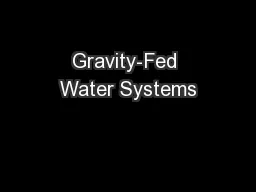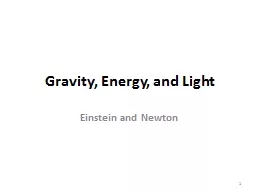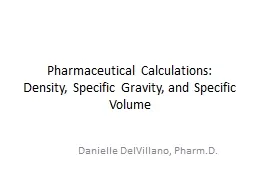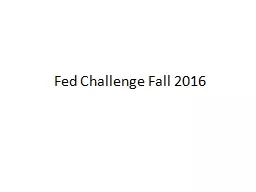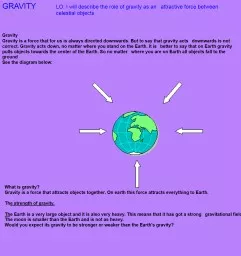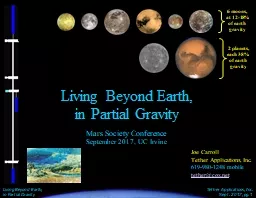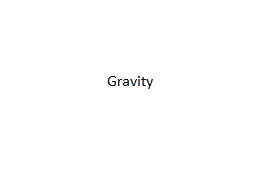PPT-Gravity-Fed Water Systems
Author : cheryl-pisano | Published Date : 2018-11-02
In the developing world more than 784 million people do not have access to clean drinking water This causes over 5000 deaths per day and billions of dollars in
Presentation Embed Code
Download Presentation
Download Presentation The PPT/PDF document "Gravity-Fed Water Systems" is the property of its rightful owner. Permission is granted to download and print the materials on this website for personal, non-commercial use only, and to display it on your personal computer provided you do not modify the materials and that you retain all copyright notices contained in the materials. By downloading content from our website, you accept the terms of this agreement.
Gravity-Fed Water Systems: Transcript
Download Rules Of Document
"Gravity-Fed Water Systems"The content belongs to its owner. You may download and print it for personal use, without modification, and keep all copyright notices. By downloading, you agree to these terms.
Related Documents

